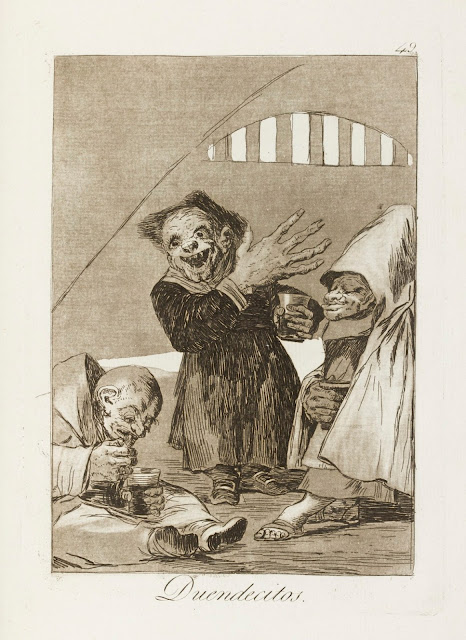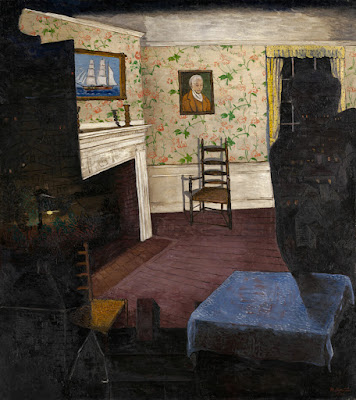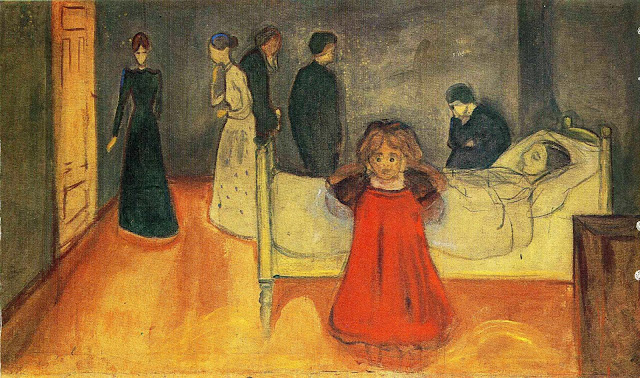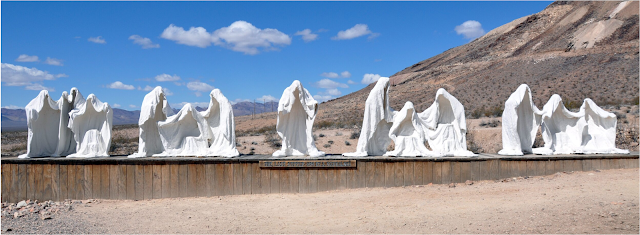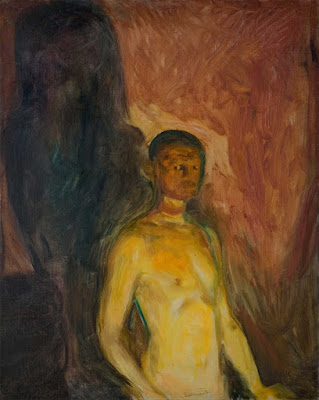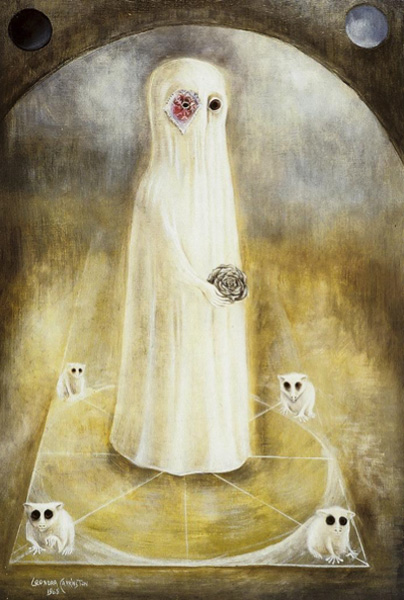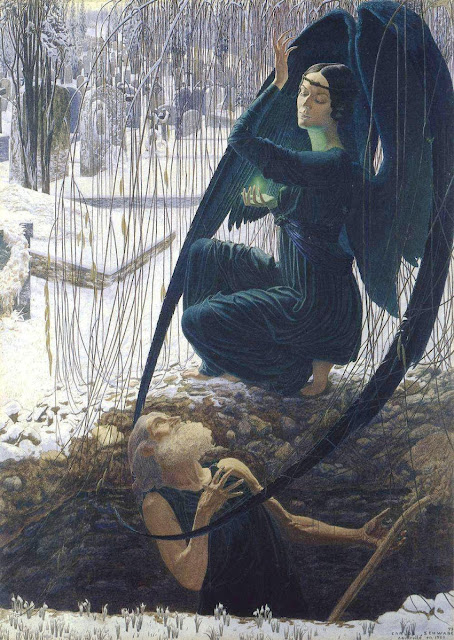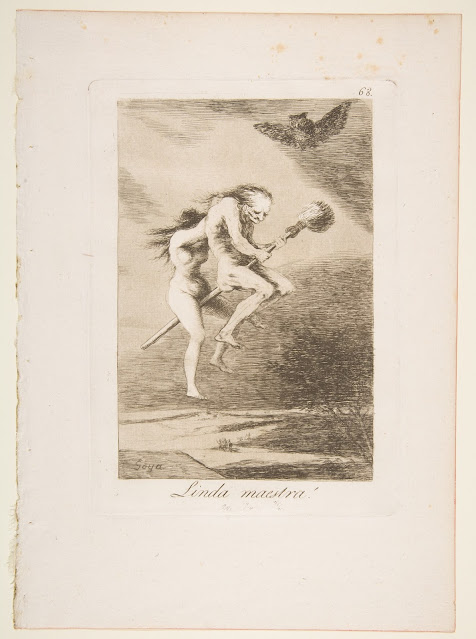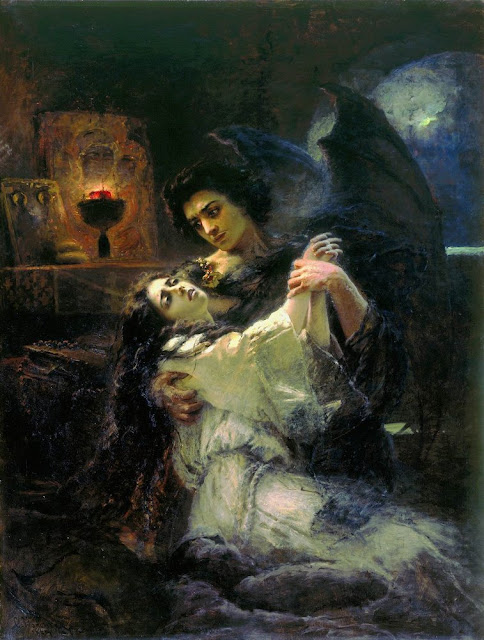Mischief Night by Jamie Wyeth (Interpretation and Analysis)

Mischief Night Source: Wikiart Happy Halloween! To wrap up my month of spooky paintings and to celebrate the spookiest day of them all, I decided to share the most trick-or-treat-tastic image I could think of: Mischief Night by Jamie Wyeth. This charming painting depicts a pumpkin sitting in a wicker cart on wheels; a bamboo cane leans rakishly out of the back of the cart. The pumpkin’s long stem also trails over the back of the cart, almost like the limbs of a living creature. A Jack-o'-lantern face has been carved into the pumpkin, and the eyes are only just visible over the edge of the cart. This little detail makes the pumpkin feel almost alive. At first glance, it’s perfectly easy to imagine the pumpkin rolling off in its cart, ready to play tricks and cause trouble on Mischief Night (usually the night before Halloween). It’s like a little orange hobgoblin. The black, night sky forms the background of this strange image. Pumpkins are a passion for the Wyeth family, as is Hall...



